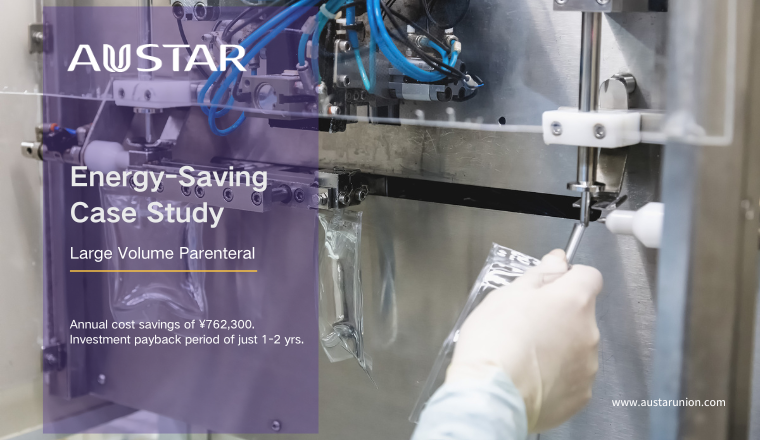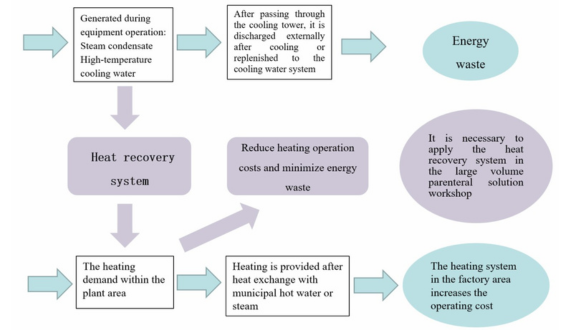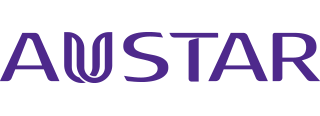Innovative Energy Efficiency in the Pharmaceutical Industry
News & Insights2025-02-11

Project Background
The client is a high-tech enterprise specializing in the research, development, production, sales, and service of veterinary drugs and feed products. The project spans over 26,000 square meters and features 10 production lines and 12 dosage forms. The company's product portfolio includes chemical drug formulations, large-volume parenteral solutions, high-capacity injectable products, anthelmintic treatments, and more.
To enhance energy efficiency, the client plans to establish a new heat recovery system for the large-volume parenteral solution workshop. This system will provide heating for office buildings and auxiliary facilities within the factory. The project complies with BSL-2 biosafety standards and adheres to regulatory requirements set by the NMPA GMP, EU cGMP, and WHO.
Project Challenge
Based on the workshop's actual production conditions, the plant equipment can recover 260 tons of hot water daily. In the existing system, waste heat generated during operations is dissipated through a cooling tower before being discharged into a pool, leading to significant energy waste.
The objective of this revamping project is to capture and repurpose the waste heat generated by process equipment. Instead of dissipating this heat, it will be utilized for heating the auxiliary office spaces. This approach will not only improve energy efficiency but also reduce operational costs associated with the factory's original heating system.
Energy-Saving Plan
The proposed heat recovery system will operate under the following scenarios:
Excess heat is utilized for heating while the cooling tower remains operational to ensure normal cooling of process equipment.
Heating is achieved solely through waste heat recovery and heat exchange, eliminating the need for additional energy sources.
All available waste heat is fully utilized for heating.
A small amount of municipal steam is supplemented via a steam-water heat exchanger to meet the shortfall. This ensures a stable heating supply throughout the factory.
Production equipment continues to operate as usual, with excess heat dissipated through the cooling tower.

Conclusion
The water bath sterilizers in the large-volume parenteral solution workshop serve as the primary heat-generating equipment. The facility houses four sterilizers distributed across four production workshops, with an average of five batches per day. Operating 300 days per year, the total production output of various injectable products reaches 110 million doses.
By implementing this heat recovery system, the company can achieve annual cost savings of ¥762,300, with an estimated investment payback period of 1 to 2 years.
Our Commitment
We are dedicated to delivering innovative design solutions for greenfield and revamping projects in the pharmaceutical industry.
Providing expert engineering and technical support, leveraging innovation, resource integration, and extensive project management experience.
Ensuring efficient, sustainable, and cost-effective solutions tailored to the needs of pharmaceutical manufacturers.







 Search
Search 中文
中文







